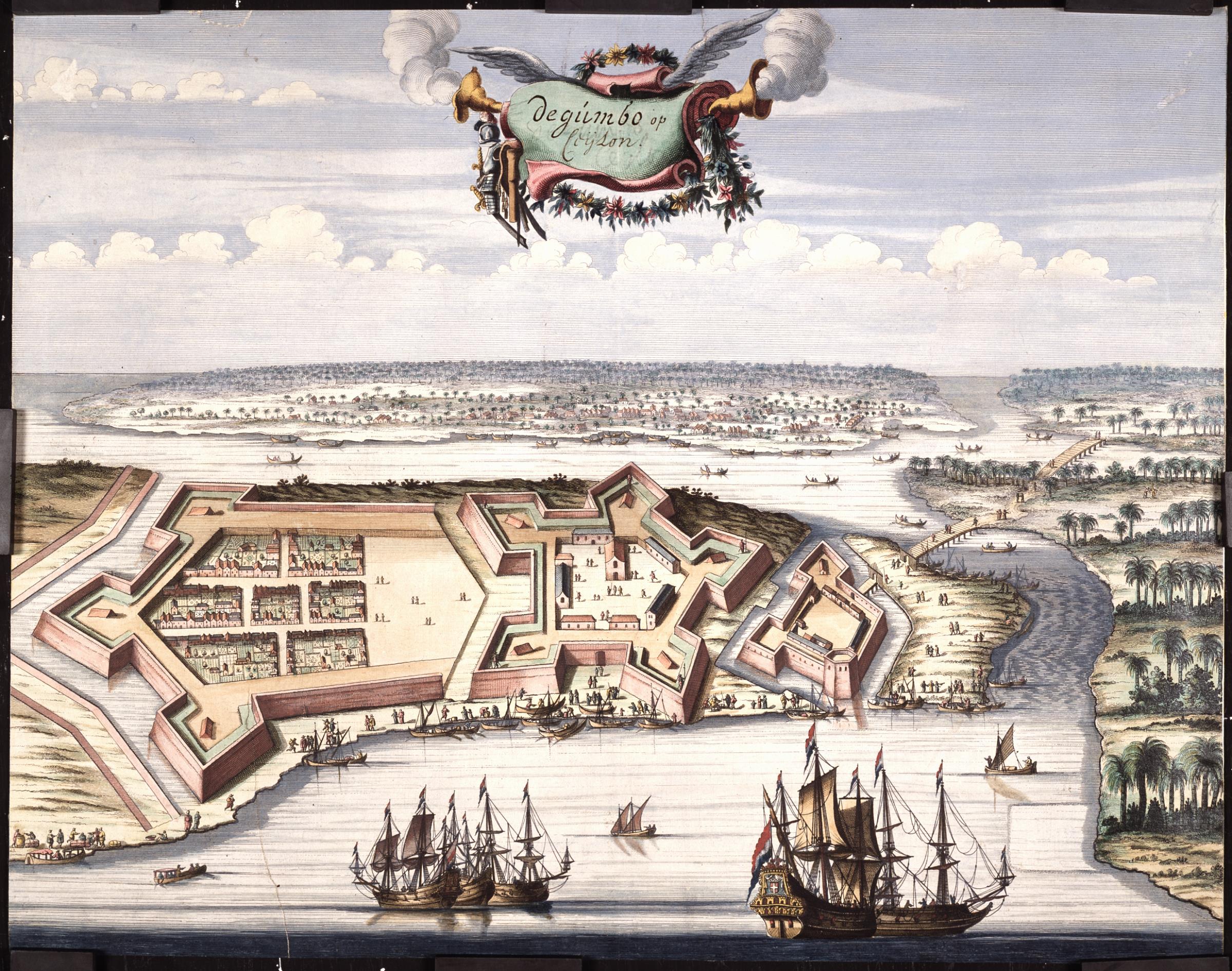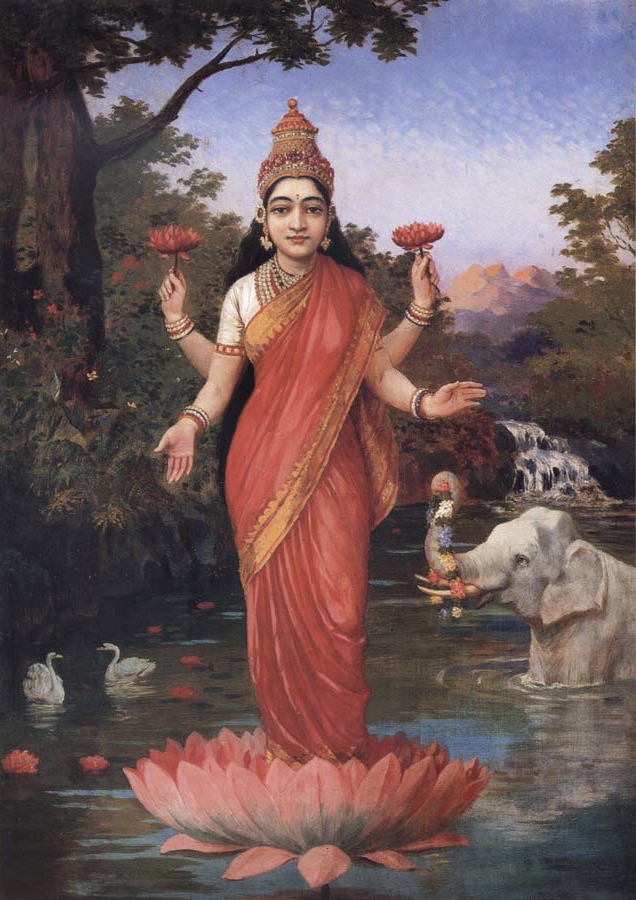|
Raipiyel Tennakoon
Mahakavi Kiwisuru Tennakoon Arachchige Don Raphael (19 December 1899 – 8 March 1965; si, රැයිපියල් තෙන්නකෝන්), popularly known as Raipiyel Tennakoon or Raphael Tennekoon, was a prominent Sri Lankan poet, teacher principal, historian and a writer. Personal life He was born in 1918 in Ganepola Walallavitigalle village in Negombo, Sri Lanka as the youngest child of the family with six siblings. His father Tennakoon Arachchige Don Suddappu was an Ayurvedic doctor. His mother was Kotarupe Abeysekera Wannaku Arachchige Dona Francesina Hamine. He had one elder brother and five elder sisters. He received his primary education from Raddoluwa Buddhist School in Negombo. He learned Sanskrit and Pali from Ven. Pagnananda Thero of Raddolugama Temple and developed his knowledge of the language from Ven. Dhammananda Thero who was the second in command of the temple. Meanwhile, he studied English from Kotugoda Jayawardena Notary Ralahamy. Raipiyel beca ... [...More Info...] [...Related Items...] OR: [Wikipedia] [Google] [Baidu] |
Negambo
Negombo (, ) is a major city in Sri Lanka, situated on the west coast and at the mouth of the Negombo Lagoon, in Western Province, from Colombo via Colombo - Katunayake Expressway. Negombo is one of the major commercial hubs in the country and the administrative centre of Negombo Division. Negombo has about 142,136 population within its divisional secretariat division. Negombo municipal boundary is fully extended throughout its Divisional Secretariat area. Negombo is known for its long sandy beaches and centuries old fishing industry. Negombo has a large bilingual (Sinhala/Tamil) population with a clear Roman Catholic majority. = Etymology = The name "Negombo" is the Portuguese corrupted name of its Tamil name ''Neerkolombu''. The Sinhala name means from Old-Tamil Naval terminology Meegaman Pattinam. Meegaman denotes Naval Captain, where the local Karava population’s long association of Naval and Fishing connections. Later, "Village of the honeycomb", gaining its name fr ... [...More Info...] [...Related Items...] OR: [Wikipedia] [Google] [Baidu] |
British Ceylon
British Ceylon ( si, බ්රිතාන්ය ලංකාව, Britānya Laṃkāva; ta, பிரித்தானிய இலங்கை, Biritthāṉiya Ilaṅkai) was the British Crown colony of present-day Sri Lanka between 1796 and 4 February 1948. Initially, the area it covered did not include the Kingdom of Kandy, which was a protectorate, but from 1817 to 1948 the British possessions included the whole island of Ceylon, now the nation of Sri Lanka. History Background Before the beginning of the Dutch governance, the island of Ceylon was divided between the Portuguese Empire and the Kingdom of Kandy, who were in the midst of a war for control of the island as a whole. The island attracted the attention of the newly formed Dutch Republic when they were invited by the Sinhalese King to fight the Portuguese. Dutch rule over much of the island was soon imposed. In the late 18th century the Dutch, weakened by their wars against Great Britain, were conq ... [...More Info...] [...Related Items...] OR: [Wikipedia] [Google] [Baidu] |
Gampaha
Gampaha (Sinhala: ගම්පහ ; Tamil: கம்பஹா ) is an urban city in Gampaha District, Western Province, Sri Lanka. It is situated to the north-east of the capital Colombo. It is the sixth largest urban area in Western Province, after Colombo, Negombo, Kalutara, Panadura and Avissawella. Gampaha is also the second largest municipal centre in Gampaha district, after Negombo. Gampaha has a land area of and is home to the offices of 75 government institutions. Namesake The name "Gampaha" in Sinhala (ගම්පහ) literally means “Five Villages”. The five villages are known to be Ihalagama, Pahalagama, Medagama, Pattiyagama and Aluthgama. However, at present the location of Pattiyagama can no longer be identified within the town limits of Gampaha and remains disputed. Gampaha was also formerly known as Henarathgoda. History During reign of Portuguese, the main route to the hill country had been laid through the Gampaha area and in the period of Dutc ... [...More Info...] [...Related Items...] OR: [Wikipedia] [Google] [Baidu] |
Kumaratunga Munidasa
Kumaratunga Munidasa ( Sinhala: කුමාරතුංග මුනිදාස; 25 July 1887 – 2 March 1944) was a pioneer Sri Lankan (Sinhalese) linguist, grammarian, commentator, and writer. He founded the Hela Havula movement, which sought to remove Sanskrit influences from the Sinhala language. Considered one of Sri Lanka's most historically significant scholars, he is remembered for his profound knowledge of the Sinhala language and its literary works. Personal life The second youngest of twelve siblings, Kumarathunga Munidasa was born on 25 July 1887, in Idigasaara village, Dickwella, Matara, Sri Lanka.{{{cite book, last=Ahubudu, first=Arisen, title=පුජිත ජිවිත , publisher=Ministry of Education and Cultural Affairs, year=1989, pages=139–153, language=Sinhala His mother was Palavinnage Dona Gimara Muthukumarana (or Dona Baba Nona Muthukumarana) and his father was Abious (or Abiyes) Kumaranatunga. His father, a physician who practiced indigeno ... [...More Info...] [...Related Items...] OR: [Wikipedia] [Google] [Baidu] |
Hela Havula
The Hela Havula is a Sinhalese literary organisation founded by Kumaratunga Munidasa in January 1941. 'Hela Hawula' was formed as the only organization in Sri Lanka to protect and uplift the Sinhala language, Sinhala land and Sinhala culture. 'Hela Hawula' has been recognized as a statutory body by the adoption of the Hela Hawula Establishment Act No. 38 in the Parliament of Sri Lanka Act No. 1992. History Kumaratunga started a magazine called 'Subasa' on July 10, 1939, with the intention of launching a new magazine in an effort to preserve the Sinhala language. By this time he had gained a reputation in the world of linguistics and was financially strong as his book also sold well. After the commencement of 'Subasa' in 1939, he completely got rid of Sanskrit and adopted the 'Pure Sinhala' language. He also adapted the local names of the writers who contributed to 'Subasa' magazine according to 'Pure Sinhala'. By the time of the publication of 'Lakmini Pahana' and 'Subasa' magazin ... [...More Info...] [...Related Items...] OR: [Wikipedia] [Google] [Baidu] |
Sandesha Kavya
Sanskrit Kavya literature has a long history of its development. The idea of sending of a message, through a messenger, from one person to another is not to be found wanting in the Hindu epics but it was taken up as an independent theme for a poem firstly by Ghatakarpara and later on by Kalidasa, Dhoyi, Udaya, Bhavabhuti and many other poets of note. sandesh kavya also called DutaKavya or message poem Sandesha Kavya ( IAST: sandeśa-kāvya) belongs to the category of Khandakavya. Overview In Sanskrit language, ''sandeśa'' (संदेश) means "message", and ''kāvya'' (काव्य) means "poem" or "poetry". Sandesha kavya deals with the sending of a message through the agency of a messenger (Duta). The idea of sending a message through a messenger (Duta) is old and familiar in literature. Ghatakarpara’s Sandesha Kavya The fore-runner of ''Sandesha Kavya'' is a small poem bearing the title - "Poem of the Broken-jug" which is a poem by Ghatakarpara on the message sent ... [...More Info...] [...Related Items...] OR: [Wikipedia] [Google] [Baidu] |
1899 Births
Events January 1899 * January 1 ** Spanish rule ends in Cuba, concluding 400 years of the Spanish Empire in the Americas. ** Queens and Staten Island become administratively part of New York City. * January 2 – **Bolivia sets up a customs office in Puerto Alonso, leading to the Brazilian settlers there to declare the Republic of Acre in a revolt against Bolivian authorities. **The first part of the Jakarta Kota–Anyer Kidul railway on the island of Java is opened between Batavia Zuid ( Jakarta Kota) and Tangerang. * January 3 – Hungarian Prime Minister Dezső Bánffy fights an inconclusive duel with his bitter enemy in parliament, Horánszky Nándor. * January 4 – **U.S. President William McKinley's declaration of December 21, 1898, proclaiming a policy of benevolent assimilation of the Philippines as a United States territory, is announced in Manila by the U.S. commander, General Elwell Otis, and angers independence activists who had fought a ... [...More Info...] [...Related Items...] OR: [Wikipedia] [Google] [Baidu] |
1965 Deaths
Events January–February * January 14 – The Prime Minister of Northern Ireland and the Taoiseach of the Republic of Ireland meet for the first time in 43 years. * January 20 ** Lyndon B. Johnson is Second inauguration of Lyndon B. Johnson, sworn in for a full term as President of the United States. ** Indonesian President Sukarno announces the withdrawal of the Indonesian government from the United Nations. * January 30 – The Death and state funeral of Winston Churchill, state funeral of Sir Winston Churchill takes place in London with the largest assembly of dignitaries in the world until the 2005 funeral of Pope John Paul II. * February 4 – Trofim Lysenko is removed from his post as director of the Institute of Genetics at the Russian Academy of Sciences, Academy of Sciences in the Soviet Union. Lysenkoism, Lysenkoist theories are now treated as pseudoscience. * February 12 ** The African and Malagasy Republic, Malagasy Common Organization ('; OCA ... [...More Info...] [...Related Items...] OR: [Wikipedia] [Google] [Baidu] |
Sri Lankan Journalists
Shri (; , ) is a Sanskrit term denoting resplendence, wealth and prosperity, primarily used as an honorific. The word is widely used in South and Southeast Asian languages such as Marathi, Malay (including Indonesian and Malaysian), Javanese, Balinese, Sinhala, Thai, Tamil, Telugu, Hindi, Nepali, Malayalam, Kannada, Sanskrit, Pali, Khmer, and also among Philippine languages. It is usually transliterated as ''Sri'', ''Sree'', ''Shri'', Shiri, Shree, ''Si'', or ''Seri'' based on the local convention for transliteration. The term is used in Indian subcontinent and Southeast Asia as a polite form of address equivalent to the English "Mr." in written and spoken language, but also as a title of veneration for deities or as honorific title for local rulers. Shri is also another name for Lakshmi, the Hindu goddess of wealth, while a ''yantra'' or a mystical diagram popularly used to worship her is called Shri Yantra. Etymology Monier-Williams Dictionary gives the meaning of ... [...More Info...] [...Related Items...] OR: [Wikipedia] [Google] [Baidu] |
Sri Lankan Buddhists
Shri (; , ) is a Sanskrit term denoting resplendence, wealth and prosperity, primarily used as an honorific. The word is widely used in South and Southeast Asian languages such as Marathi, Malay (including Indonesian and Malaysian), Javanese, Balinese, Sinhala, Thai, Tamil, Telugu, Hindi, Nepali, Malayalam, Kannada, Sanskrit, Pali, Khmer, and also among Philippine languages. It is usually transliterated as ''Sri'', ''Sree'', ''Shri'', Shiri, Shree, ''Si'', or ''Seri'' based on the local convention for transliteration. The term is used in Indian subcontinent and Southeast Asia as a polite form of address equivalent to the English "Mr." in written and spoken language, but also as a title of veneration for deities or as honorific title for local rulers. Shri is also another name for Lakshmi, the Hindu goddess of wealth, while a ''yantra'' or a mystical diagram popularly used to worship her is called Shri Yantra. Etymology Monier-Williams Dictionary gives the meaning of the r ... [...More Info...] [...Related Items...] OR: [Wikipedia] [Google] [Baidu] |




